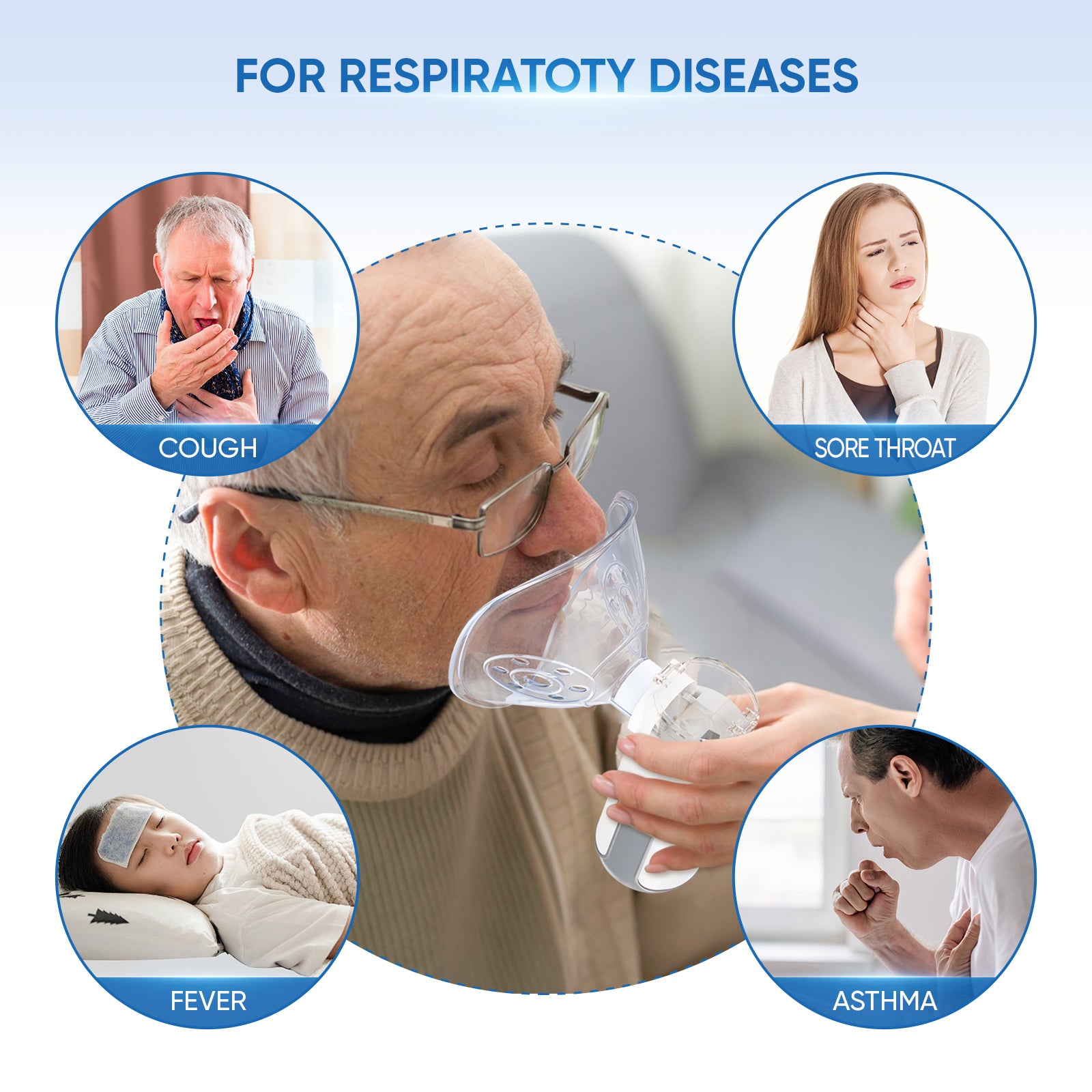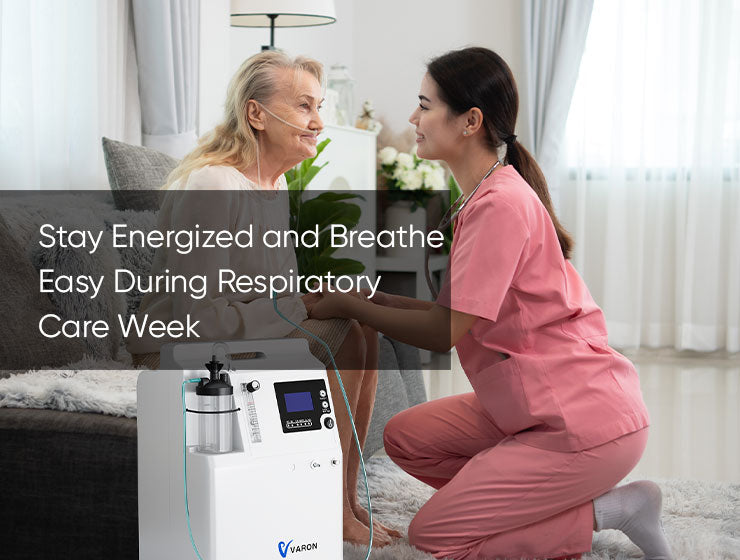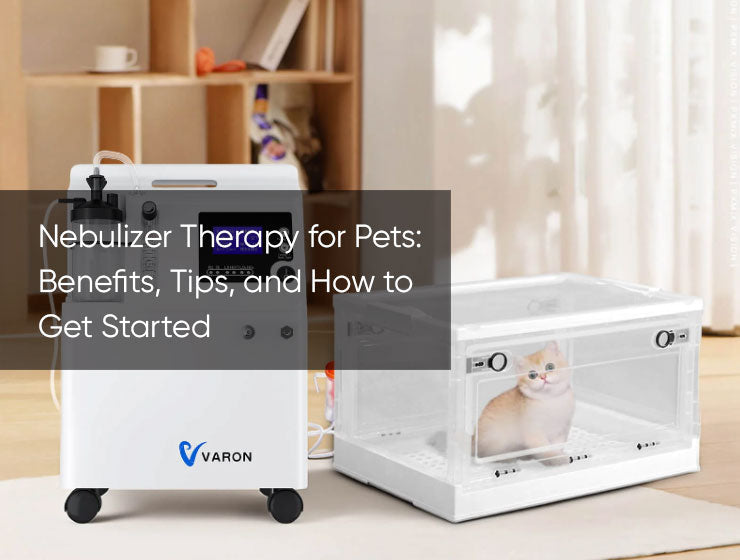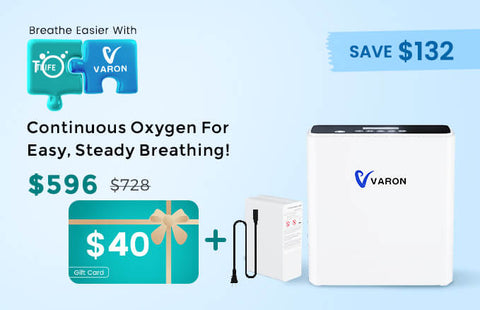1: Oxygen concentration. Oxygen concentration is the most important performance index of the oxygen generator. The oxygen produced by small household molecular sieve is generally ≥90% (V/V). Because the characteristics of molecular sieves determine that the oxygen concentration will not exceed 96%, if you hear salespersons advocating that the oxygen concentration of the product can reach 98% or even more than 99%, it is definitely an exaggeration.
2: Oxygen production. The flow rate of a small molecular sieve oxygen generator is generally below 10L/min, but for general household purposes, an oxygen generator with an output of 10L/min is not actually required. Because general household users will not be critically ill, so an oxygen generator with a general output of 1-3L/min is sufficient. If you are really not sure how to choose the flow rate of the oxygen concentrator, you can consult a professional doctor
3: Noise. The compressor of the oxygen production equipment will inevitably bring some noise when it is working. However, patients who use oxygen generally lack energy and need to pay attention to rest. At this time, noise is a great source of interference.
Therefore, choose an oxygen generator with low noise as much as possible.
There is a rule to remember when purchasing: generally, the oxygen generator has a small flow and low noise, which is another reason why we choose an oxygen generator with an output of 1-3L/min.
4: Odor. For ordinary families, when judging the quality of the oxygen concentrator, there is usually no professional testing equipment to detect whether the performance of the oxygen concentrator is consistent. But we have a simple method. Smell the smell of oxygen when inhaling oxygen. Normally, there should be no peculiar smell. If there is an peculiar smell, it means that there is a problem with the filtration system of the oxygen generator or there is a certain leak.
Which people are suitable for home oxygen concentrators?
Home oxygen generators are suitable for the following categories of people:
1: People who are susceptible to hypoxia: such as middle-aged and elderly people, pregnant women, post-operative rehabilitation personnel;
2: People with symptoms such as high altitude hypoxia;
3: Mental workers who work and study intensely, junior and high school students, and other test preparation groups.
TTLIFE Oxygen Concentrator — How to choose a home oxygen generator?
Yu Xinnan




















